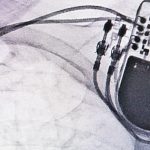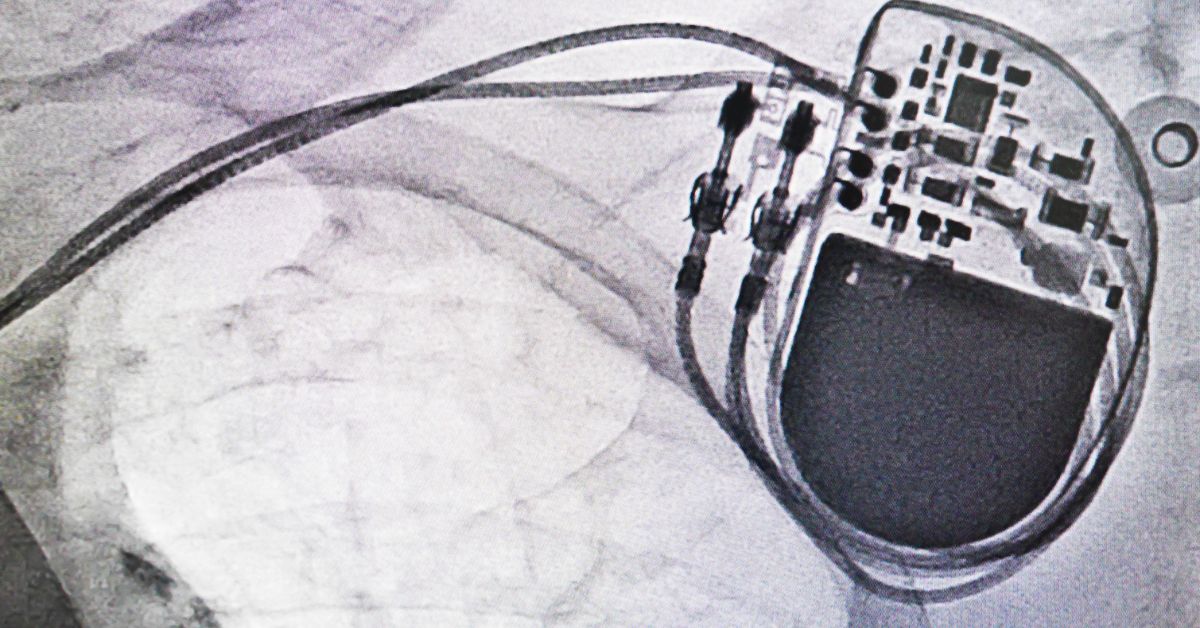Pacemakers are life-saving devices designed to regulate heartbeats in individuals with irregular heart rhythms, known as arrhythmias. These compact, sophisticated devices help ensure the heart maintains an appropriate rate and rhythm, crucial for effective blood circulation. This article provides a technical overview of how pacemakers work, their components, and their functioning.
Components of a Pacemaker
A typical pacemaker consists of two primary components:
- Pulse Generator:
- Battery: Powers the device, typically lasting 5 to 15 years depending on usage.
- Microprocessor: The “brain” of the pacemaker, which monitors heart activity and makes decisions about when to deliver electrical impulses.
- Circuitry: Manages the timing and delivery of electrical impulses to the heart.
- Leads (Electrodes):
- Flexible Wires: Conduct electrical impulses from the pulse generator to the heart muscle.
- Electrode Tips: Anchored in the heart tissue, they detect the heart’s electrical activity and deliver impulses when needed.
How Pacemakers Work
The primary function of a pacemaker is to monitor the heart’s electrical activity and deliver electrical impulses to maintain a regular heart rate. Here’s a step-by-step breakdown of its operation:
- Monitoring Heart Activity:
- The pacemaker’s microprocessor continuously monitors the heart’s natural electrical impulses through the leads.
- It detects any irregularities, such as bradycardia (abnormally slow heart rate).
- Decision-Making Process:
- When the microprocessor identifies a slower-than-normal heart rate or missed heartbeat, it determines whether an electrical impulse is necessary.
- Modern pacemakers are programmable, allowing physicians to set specific parameters for pacing, such as minimum acceptable heart rate and pacing modes.
- Delivering Electrical Impulses:
- If the heart rate drops below the preset threshold, the pulse generator sends a small electrical impulse through the leads to the heart muscle.
- This impulse stimulates the heart to contract, thereby maintaining an appropriate heart rate.
Pacing Modes
Pacemakers can operate in various modes depending on the patient’s needs. Some common pacing modes include:
- Single-Chamber Pacemakers:
- Stimulate either the right atrium or the right ventricle. Suitable for patients whose irregular heartbeats are confined to one chamber.
- Dual-Chamber Pacemakers:
- Have leads in both the right atrium and right ventricle, coordinating the timing between the two chambers. This mode mimics the heart’s natural pacing more closely.
- Rate-Responsive Pacemakers:
- Adjust the pacing rate based on the patient’s activity level. Sensors detect changes in the body, such as motion or respiratory rate, and adjust the heart rate accordingly.
Advanced Features
Modern pacemakers come equipped with various advanced features to enhance functionality and patient care:
- Remote Monitoring:
- Allows healthcare providers to monitor the pacemaker’s performance and the patient’s heart activity remotely. The pacemaker transmits data to a monitoring center, enabling timely adjustments and interventions.
- Adaptive Algorithms:
- Advanced pacemakers use sophisticated algorithms to adapt to the patient’s changing physiological conditions, improving the synchronization between the heart’s chambers and optimizing cardiac output.
- Diagnostic Capabilities:
- Pacemakers can store data on heart rhythms, helping physicians diagnose arrhythmias and adjust treatment plans.
Implantation Procedure
The implantation of a pacemaker is typically a minimally invasive procedure:
- Preparation:
- The patient is given a local anesthetic, and a small incision is made near the collarbone.
- Lead Placement:
- Leads are inserted through a vein and guided into the appropriate heart chamber(s) under X-ray guidance.
- Pulse Generator Placement:
- The pulse generator is placed in a pocket created under the skin, usually near the incision site.
- Testing and Programming:
- The pacemaker is tested to ensure proper function, and initial programming is done to set the pacing parameters.
- Closure:
- The incision is closed, and the patient is monitored for a short period before discharge.
Pacemakers are intricate devices that play a vital role in managing arrhythmias and ensuring effective heart function. Through continuous monitoring, decision-making, and delivery of electrical impulses, they help maintain a regular heart rhythm, significantly improving the quality of life for patients with heart rhythm disorders. Advances in technology continue to enhance pacemaker functionality, making them more adaptable and efficient in meeting the needs of patients.






